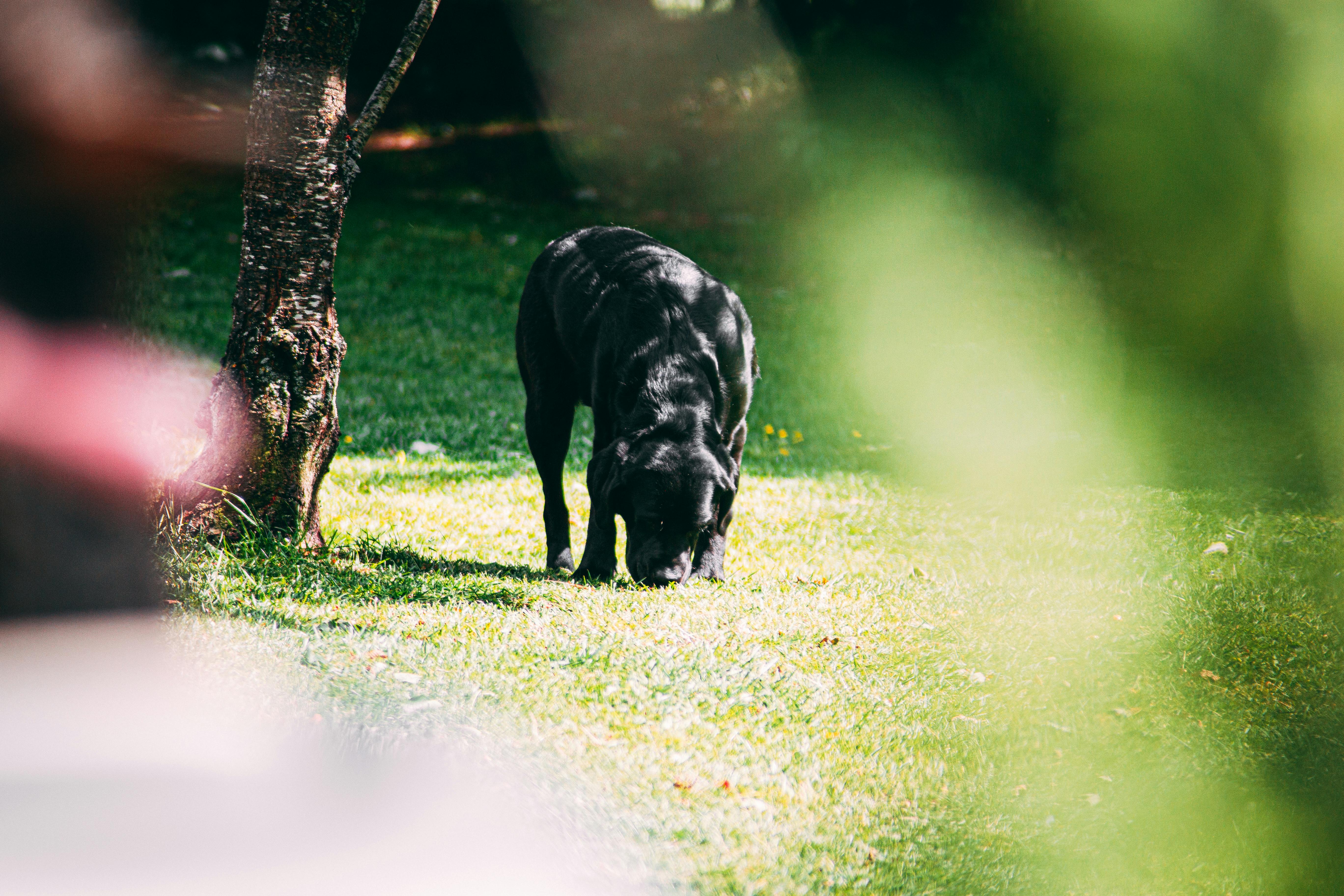living with raccoons
Raccoons are medium-sized mammals that have made their home in the forests and jungles of North America for more than 500 years. Once our society began to claim land and build cities, industrial complexes, roads and highways, over time raccoons and other wildlife were forced out of their habitats and to live among us in our residential communities. Today, it is common for someone to see a raccoon, squirrel, or rabbit running through the trees and bushes in a neighborhood. In fact, that person would not think twice. This is because we have become so used to living next to these animals; therefore, sharing our porches, crawl spaces, attics, garbage cans, backyards, flower beds, and more with these critters, particularly raccoons.
raccoons are naughty
The species is known for its intelligence, and they use this intellect to cause more mischief than other animals in our neighborhoods. To a raccoon, our homes and buildings are havens for them to nest and breed, and our trash is their personal buffet dinner each night. They manipulate our belongings and create huge clumps for us to clean in the morning. Being a nocturnal breed, raccoons only come out at night, so they create all this mischief while we’re fast asleep in bed.
find shelter
Raccoons are attracted to shelters that are warm, dark, safe, and isolated from predators. In a residential community, the places that most accurately encompass all of these qualities are the areas of our homes and buildings. Spaces like attics and basements are among some of his favorites. This creates a problem because the accumulation of their droppings, food scraps, nesting, and reproduction results in structural and electrical damage that is expensive to repair. They gain access to these areas by exploring weak and vulnerable spots on the roofs and sides of houses and buildings.
find food
Raccoons are thrifty animals, and coupled with their intelligence, they manage to find food sources in our neighborhoods night after night. They can use their hands to turn handles and open doors, gaining access to our garages and backyards. They rummage through trash cans, city dumpsters, garden beds, crops, and more. A nighttime raccoon “foraging” is obvious in daylight, because they create such large masses with food and garbage; another reason why they are seen as a nuisance.
Raccoons have become a nuisance in residential communities, but there are ways to avoid problems with them. By following certain guidelines and rules, such as sealing your garbage and never feeding raccoons, you can achieve a raccoon-free property.
